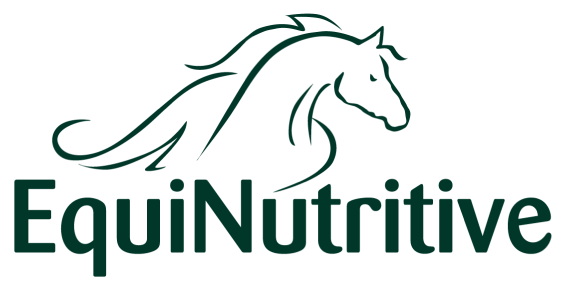How Billions of Bugs Keep Your Horse Healthy (or make them sick).
Billions of tiny bugs, too small to be seen by the human eye are responsible for your horse’s health and well-being (and that’s true for you too!)
What is the microbiome?
Just like us humans, horses have a unique and complex microbiome in their gut. A microbiome is a community of microorganisms that live in a particular environment.
What are microbes?
In the gut microbiome, microbes are responsible for keeping the gut in good working order, getting the most nutrition possible out of the diet and maintaining health throughout the entire body.
These microbes are extremely important and they’re also very sensitive. There are ‘good’ microbes, which you want there to be lots of, happily multiplying and boosting your horse's health, supporting their immune system and securing healthy metabolic balance. But there are also ‘bad’ microbes. If they are allowed to flourish and the microbial population becomes unbalanced, there are often drastic effects - some can be seen externally and others are purely internal - meaning you won’t even know your horse’s health is compromised.
What kills the ‘good’ bugs and boosts the ‘bad’ ones?
Given how sensitive and ‘needy’ the microbes of the equine gut are, microbiome disruption is a genuine risk and a common problem.
This is exacerbated by the fact that modern management and feeding practices don’t do too many favours to the microbiome.
Causes for the microbiome to become unbalanced include (but aren’t limited to):
- Sudden diet changes including changes in roughage
- Antibiotic and anti-inflammatory use
- The presence of ulcers
- Unfavourable feed ingredients such as soy, corn and wheatfeed
- High levels of sugar and starch in the diet
- Exposure to chemicals or pesticides
- Consumption of preservatives, mould inhibitors and other lab-produced, highly processed ingredients
- Being overweight/ obese - visceral fat produces hormones, which can cause microbial imbalances (not to mention cause a whole host of other problems!)
How can I keep the ‘good’ bugs happy?
It’s not all doom and gloom when it comes to the microbiome. There are a lot of ways to ensure that the microbes in your horse’s gut stay balanced and happy. Happy microbes = healthy horse, so if you want to keep your horse as healthy as possible and thriving as much as possible, you’re going to want to follow this checklist exactly. These simply and actionable steps will go a long way to keeping the microbiome balanced.
Checklist for a balanced microbiome:
- Make sure your horse has access to roughage. All. Day Long. Every. Single. Day. The equine gut has evolved to be continuously consuming and fermenting roughage. Make sure they have access to ad lib hay (even if they have laminitis - check out the definitive guide to managing laminitis without resorting to starvation here).
- Don’t continuously use anti-inflammatories. If your horse has a chronic condition, consider managing inflammation naturally with ingredients such as turmeric, devil’s claw and white willow bark.
- If you have to use antibiotics or anti-inflammatories, feed probiotics at the same time to help prevent the microbial population in the gut from experiencing radical die-off.
- Keep corn out of your horse’s diet completely and try to keep soy and it’s byproducts to a minimum. Check the ingredients on your feed bag - if it contains a soy product in the first 3 ingredients or more than 2 soy-based ingredients are in the product, it’s time to consider making a change.
- Keep sugar and starch under 10% if at all possible. The microbes you want to keep to a minimum in the gut thrive on sugar. Keeping sugar and starch levels low will help to keep them in check.
- Feed a pre-biotic so that the right conditions are in place for ‘good’ microbes to thrive and so that they’re getting everything they need to multiply.
- Try to keep processed foods to a minimum for your horse. Read the ingredients label - if you can’t pronounce the ingredients or you wouldn’t know what it looked like if it was on the shelf, avoid feeding it to your horse.
This is not an exhaustive list, but the steps above will do wonders to help your horse’s microbiome be as healthy as possible. Remember, if you keep the gut bugs happy, you’ll keep your horse healthy.

